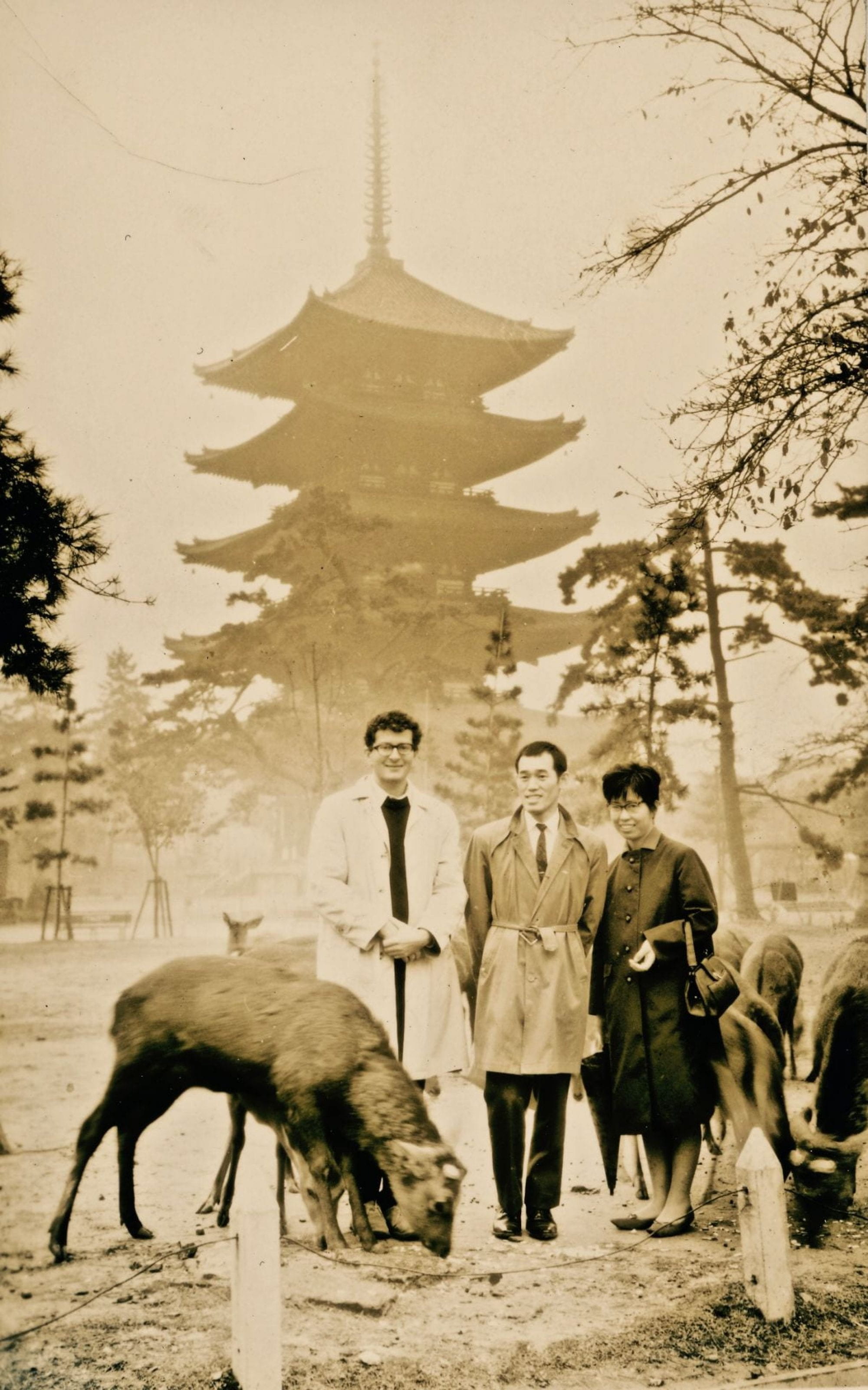
Artist: Tani Bunchō 谷文晁 (1763-1840)
Title: Shazanrō gahon 写山楼画本 (Picture-book of the mountain-reflecting pavilion)
Date: 1816
Publisher: Izumiya Shōjirō
Medium: Woodblock-printed book, ink and color on paper
Gift of Arthur Tress, Arthur Tress Collection Box 10, Item 19
Since the political philosophy of the Tokugawa ruling family in the Edo period was based on Chinese thought, members of the ruling class learned the classical language of China, and not infrequently enjoyed literary works in that language, including poetry and prose of the literati (wenren) class of Chinese scholar-bureaucrats. Both in China and in Japan, these scholars produced paintings as well, often but not always based on the classics of Chinese literature and evoking the dry austerity encouraged by the admonitions toward frugality and calm growing from Neo-Confucian thought. In Japan, Chinese literati painting was known mostly through woodblock prints reproducing Chinese works, and it was only natural that the Chinese books were copied, reprinted, and imitated in Japan. The style of these books and paintings came to be known as “Nanga” meaning “Southern Painting” or “Bunjinga” literally “Literati painting.” A number of books in the Tress collection are associated with this erudite painting genre.
Perhaps the most famous Japanese literati painter represented in the Tress collection is Tani Bunchō (1763-1841). He was the grandson of an economist and Neo-Confucian scholar, the son of a noted master of Chinese poetry, and the samurai retainer of the highest-ranking conservative advisor to the shogun, Matsudaira Sadanobu (1759-1829). Bunchō exhibited painterly talent as a child, and studied with the academic ink painter Katō Bunrei (1706-1782). After Bunrei died Bunchō worked with various masters of Japanese, Chinese, and even Western style painting. Bunchō was a prolific painter, copyist, and connoisseur who taught hundreds if not thousands of pupils; his books include collections of his sketches intended as manuals for others to study. This is best exemplified by Honchō gasan (Collected Paintings of Our Country), compiled from serially published small pamphlets reproducing Bunchō’s copies of paintings by Japanese painters of the past along with biographical notes. These pamphlets appear to have been given to his students annually as part of the celebration of the New Year to provide them with models to imitate.

The most beautiful of Bunchō ‘s publications is Shazanrō gahon (Painting Book of the Mountain-reflecting Tower, 1816). This elegant volume reproduces original designs of flowers, birds, insects and such. Some openings imitate the painterly effects of monochrome brush and ink, while others include delicate color effects. The Tress copy is in pristine condition. The name derives from one of Bunchō ‘s pen names, Shazanrō, the tower (rō) where the mountain (zan) is reflected or drawn (sha), derived from the fact that Mt. Fuji could be seen (and hence drawn) from the upper story of Bunchō’s studio in the Shitaya section of Edo (today Taitō-ku, Tokyo).
Other copies:
Pulverer Collection, Freer Gallery of Art
Written by Frank L. Chance
Posted April 7, 2022

